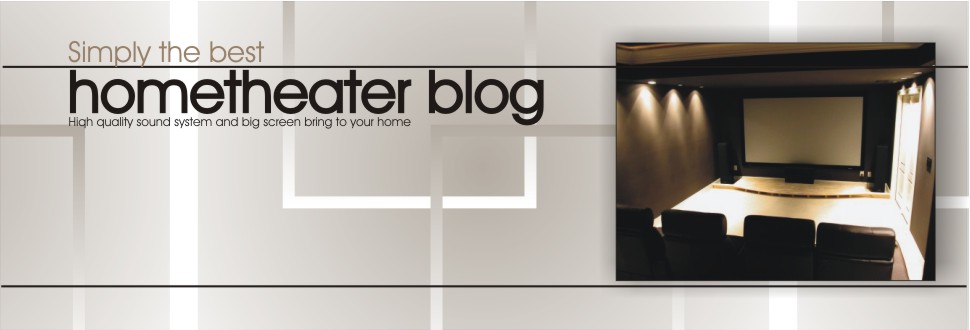Room Modes and Dealing with Them

The boundaries of a room create what is known as room modes. Room modes accentuate or elevate the frequency response. In many instances certain dimensions work together to create very strong elevations in certain bass frequencies. When this occurs the listeners perception is one of a reduced midrange and soundstage. Very frankly, if you don't get the bass right, nothing ever comes together very well. Contrarily, once the bass is right everything else gets much easier.
The basic function of the PARC is to equalize bass anomalies in the room, commonly referred to as room modes. The most prominent bass anomalies occur when two parallel walls (or floor and ceiling) excite a particular frequency (an axial mode). The distance between the two walls determines which frequency is excited. The most problematic, or highest amplitude, is generally ½ of a wavelength between two walls. The way to calculate the distance is:
½ * speed of sound / distance between walls = Frequency
The speed of sound is ~1130 feet per second (room temperature, sea level). Thus a room with 17 foot spaced walls would have a frequency bump at:
565 / 17 = 33.2 Hz.
This is considered the first mode between those two walls. The second mode is for a full wavelength, which would be at 66.4 Hz. The third mode would be at 3/2 wavelengths, or 99.6 Hz. Each mode has lower amplitude than the previous mode. However, imagine a room where the length is 2 times the width. In this example 34 feet long. The first mode for that room is at the same frequency of the second mode of the width, or 66.4 Hz. When modes combine like this the problem is compounded, and the bass can become very bloated and distorted.
Even at Rives Audio we recommend reducing any bass anomalies as much as possible before employing the PARC; the less electrical equalization the better. However, overdamping a room, or filling it with bass traps can be impractical, expensive, and may not lead to the best sounding environment. The PARC employs the highest grade components and shortest signal paths possible. The goal is to make these alterations to compensate for bass problems with as little effect as possible on anything else in the audio chain.
The PARC operates between 18 and 350 Hz. It attenuates ONLY, there is no gain in the PARC. The purpose is to reduce the frequencies caused by room excitation and elevation in those bass frequencies.There are three bands per channel. These three bands were originally designed to compensate for the 3 parallel surfaces in most rectangular rooms (side to side, front to back, and floor to ceiling). However, they can be cascaded or used in a variety of settings to best suit the room.
1st Axial 2nd Axial 3rd Axial
Height 70 Hz 140 Hz 210 Hz
Width 35 Hz 70 Hz 105 Hz
Length 23.5 Hz 47 Hz 70.5 Hz
For each band there are 3 settings: frequency, width, and attenuation. Frequency is the center frequency that will be attenuated. It is represented in Hz. Attenuation is the dB in attenuation. The number is positive, but the function is reducing the amplitude at that frequency by the dB shown on the display. The range is from 0 to 18 dB. If it is set to zero, then no attenuation is employed. Width is expressed by a Q factor. The Q factor is expressed as:
Center Frequency (Hz) / Width of Frequency (Hz)
Thus the higher the Q the wider the band of attenuation. The width is expressed at 3 db below maximum peak.
parc_graph1.gif
As an example a Center Frequency at 100 Hz, with a width of 25 Hz, would have a Q of 4. Also, Q can be expressed in terms of Octaves. One Octave doubles the frequency. Keep in mind that Frequency is a log function of Octaves, so a center frequency of 100 Hz with a width of one octave is not exactly 100Hz, it's slightly less than 100Hz. In our example of 100 Hz center frequency and a width of 25Hz, the relative octave width is approximately ¼. The Q factor is inversely proportional to the octave width. This is not important, unless you are a musician and more comfortable with octaves. All instructions for set-up will be relative to Hertz, and the Q factor.
The width will change depending on what types of walls, floor, or ceiling you have. In general hard, rigid surfaces, such as concrete, will exhibit a high Q factor, whereas sheetrock on wood studs will exhibit a low Q factor. The lowest Q factor the PARC can produce is 1, which is slightly more than one full octave. This is much broader than we ever anticipate using. The narrowest Q factor is 10, which also corresponds to approximately 1/10 octaves. This entire method is far more comprehensive, accurate, and well suited than the traditional graphic equalizer. Only a parametric can compensate naturally and bring the frequency response, including phase back into balance.
Once the PARC is set up and calibrated the bass response will be near flat. The result will be better bass definition, but also a perceived increase in clarity throughout the midrange and even high frequencies.
Adding the PARC can bring back the clarity and reference quality sound your system deserves.

0 comments:
Post a Comment